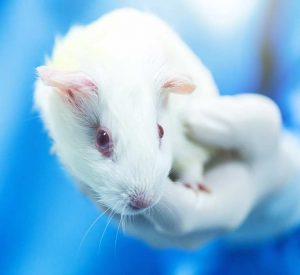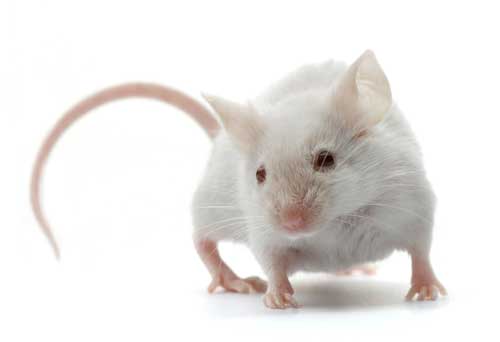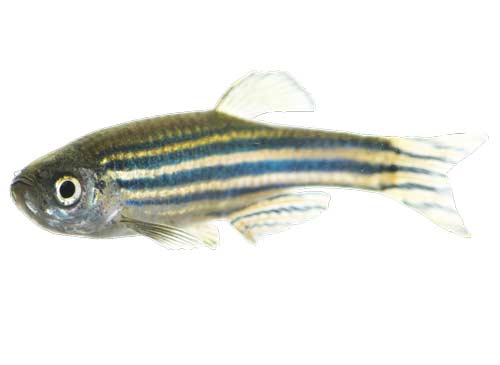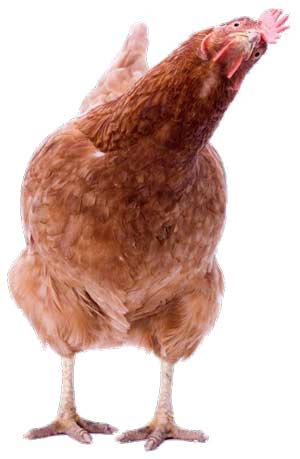Avoiding & Reducing Severe Suffering
Humane Endpoints
 A humane endpoint is a limit to the level of suffering an animal can experience within a scientific procedure.
A humane endpoint is a limit to the level of suffering an animal can experience within a scientific procedure.
It is a defined point at which an experimental animal’s pain and/or distress is either ended or reduced, within the context of the scientific endpoints to be met.
It may be argued that more useful data can be obtained from an animal not experiencing severe morbidity or imminent death, even if they are being used to model (or test potential therapies for) severe clinical disease. For ongoing studies, it is important to regularly reflect on current endpoints and consider whether further refinements could be applied.
Actions to implement humane endpoints include humane killing, removal from the study, provision of analgesia, or any other appropriate measure to reduce suffering such as heat pads or dietary supplements.
The UK Animals (Scientific Procedures) Act 1986, and EU Directive 2010/63 state that ‘Death as the end-point of a procedure shall be avoided as far as possible and replaced by early and humane end-points’. Under UK legislation, responsibility for the implementation of humane endpoints sits with the personal licensee. Discussion with ‘named persons’ and the AWERB will help to identify appropriate criteria for humane endpoints, and when to implement these.
PERCEIVED OR ACTUAL REGULATORY REQUIREMENTS
The OECD recognises that ‘with increasing knowledge and experience, investigators in animal research will be able to identify more specific, early humane endpoints in the form of clinical signs for impending death or severe pain and distress. This would permit international harmonisation of these humane endpoints’. Researchers and establishments should challenge regulatory bodies to accept evidence that death can be predicted and to accept data from tests in which humane endpoints have been defined and implemented.

PREDICTING ANIMAL DEATHS

ACTIONS FOR THE AWERB (OR EQUIVALENT BODY)

For further information about humane endpoints, see www.humane-endpoints.info and www.nc3rs.org.uk/humane-endpoints.